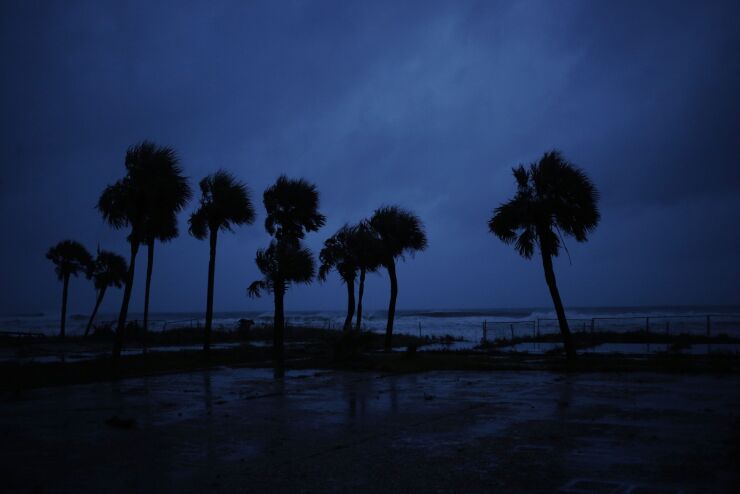Industry insured losses to onshore property in Jamaica from Hurricane Melissa are estimated to reach between $2.2 billion and $4.2 billion, according to new
Hurricane Melissa, a Category 5 storm that made landfall in Jamaica on October 28, set the record as the most intense hurricane ever to impact Jamaica and tied for the most intense hurricane landfall globally, since record-keeping began in 1851, by minimum central pressure and by maximum wind speed.
Verisk notes that in some areas, the winds from Hurricane Melissa exceeded some of the design winds set by Jamaica's first National Building Code in 2003, so significant damage is expected. A 2025 report from the
According to Cotality, estimates are between
Aon Securities structured the $150 million catastrophe bond to provide parametric coverage for Jamaica against losses from named storms through December 2027. Chris Lefferdink, Aon Securities' North America head of insurance linked securities, shared a statement with Digital Insurance: "Jamaica's catastrophe bond shifts storm risk to global investors, allowing the country to access funds quickly after a major event. This helps communities recover faster and broadens the safety net of insurance protection. Early data from the National Hurricane Center shows Hurricane Melissa's pressure has stayed below 900 millibars in several areas — a clear sign of just how powerful this storm is. Under the
Cotality expects home and small-business insurance coverage to fall between 5% to 20% and coverage for large hotels, utilities and airports at 80% to 100%.
"Jamaica's catastrophe bonds are a great example of how new forms of insurance can deliver funding quickly after extreme weather. Innovation in risk modeling and structured finance is essential to building resilience for communities when they need it most," said Lefferdink. "The catastrophe bond market has grown by over 50% to nearly $55 billion since the year-end of 2022, underscoring investors' confidence in this asset class and its role in addressing the protection gap. Public-private partnerships like Jamaica's continue to highlight how parametric insurance can deliver rapid, transparent relief in the wake of severe storms."






